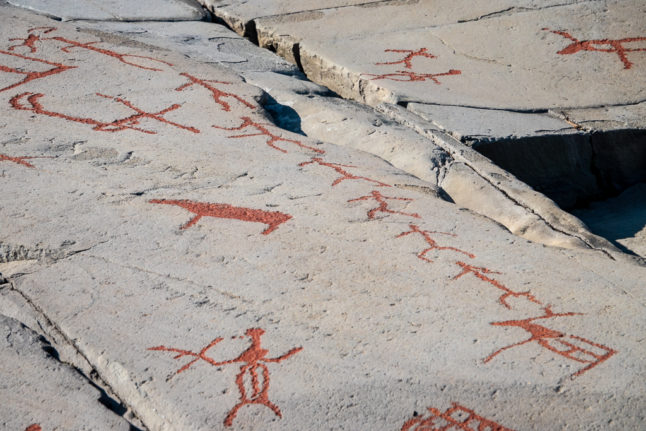WEIRD
VIDEO: ‘Penis’ flower exposed in Copenhagen
Amorphophallus Titanum – Titan’s Penis – bloomed on Friday at the Botanical Gardens of Copenhagen. Skip the pungent smell and see the timelapse video here.
Published: 11 July 2014 15:53 CEST

Photo: Claus Bech/Scanpix
‘Titan’s Penis’ made its long-awaited appearance on Friday, treating visitors to the Botanical Gardens of Copenhagen to a rare sight.
The huge phallic-shaped flower Amorphophallus Titanum, or 'Titan’s Penis’, bloomed on Friday after reaching a height of 1.91 metres and a diameter of 95 cm.
The flower, which is native to the rain forests of Indonesia, can lay dormant for as long as 15 years. But the one in Copenhagen must like exposing itself, as it last bloomed just two years ago.
Aside from its distinctive penis appearance, the flower is also known for its death-like stench, which has also earned it the moniker "The Corpse Flower”.
The Botanical Gardens are open until 8pm on Friday and from Saturday and Sunday from 10am-6pm. The blooming period typically only lasts one to two days before the flower wilts again.
If you don’t want to bear the stench, or your modesty prevents you for taking a trip into the city to see a two-metre penis, you can watch the flower’s entire ten day blooming process in the time-lapse video below.
Url copied to clipboard!


 Please whitelist us to continue reading.
Please whitelist us to continue reading.
Member comments